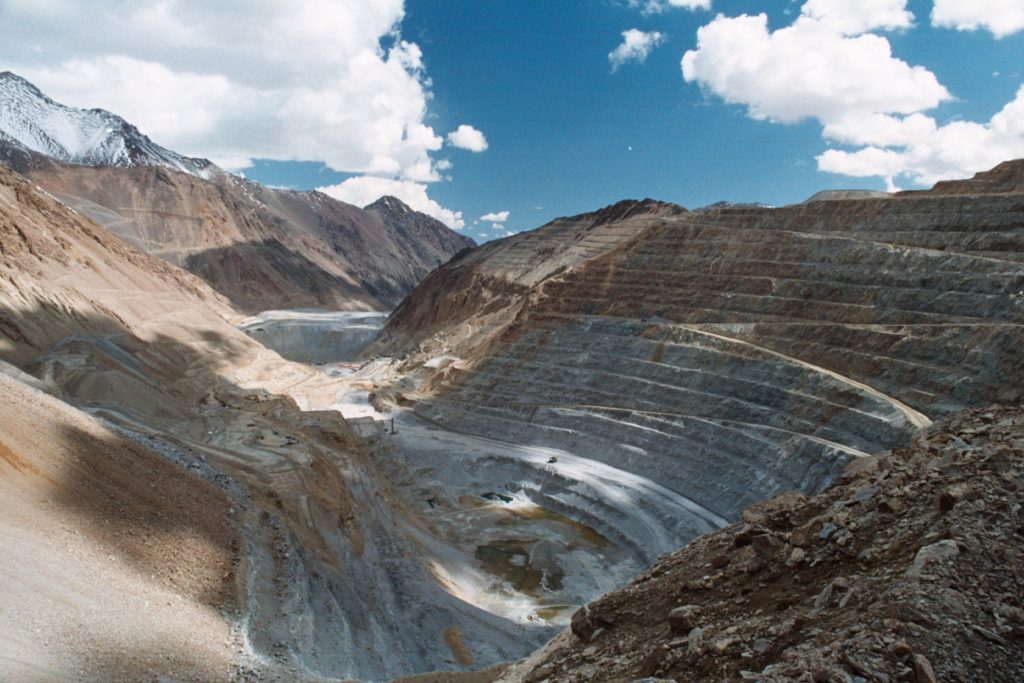Antofagasta is evaluating green hydrogen projects that could lower its Scope 1 and Scope 3 greenhouse gas emissions – a key part of its plans to mitigate the impact of its operations. Antofagasta is testing the use of green hydrogen in different aspects of its operations – particularly transport – in order to significantly lower diesel use in direct (Scope 1) and upstream/downstream (Scope 3) emissions. “We have committed to be carbon neutral by 2050, or earlier if the technology permits it. We’re clear that we need to reduce our emissions and take on bigger commitments,” says René Aguilar, Vice President of Corporate Affairs and Sustainability.
According to Antofgasta PLC’s own calculations, in 2020 a full two-thirds of its GHG emissions from diesel combustion were attributable to its mine haulage trucks. As such, Antofagasta is looking to be an early adopter of technology that will drastically reduce these emissions or eliminate them altogether.
Work to switch the trucks from diesel to hydrogen needs to take a major step forward and one alternative the company is pursuing is with the HYDRA Consortium – comprised of Antofagasta, energy multinational Engie, Australian mining think tank Mining3, CSIRO Chile and Mitsui & Co, among others – which will test a fuel cell and battery powertrain propulsion system at Antofagasta’s Centinela mine. According to Andrés Alonso, Manager of the Group’s Water and Energy Resources, the expectation is to have the first HYDRA prototype functioning during the second quarter of 2022. The tests will allow the company to assess the powertrain’s behaviour and performance under real mine conditions, including at high altitude with suspended dust. It will also help establish technical and safety protocols for hydrogen use at scale in mining, which will be vital for the fuel’s successful deployment.
Of all Antofagasta’s operations, Centinela consumes the most diesel, operating some 120 mine haulage trucks and mining from six open pits, according to Benjamin Pieper, Mine and Concentrator Maintenance Manager at Centinela. “With six pits, we have a very dynamic operation, and because of these dynamics it may be difficult to electrify some machinery. HYDRA – a pilot of a scalable prototype – is an innovative project reaffirming our constant commitment to sustainability, especially in environmental matters,” he says, highlighting the diverse group of participants in the HYDRA Consortium.
“We’re preparing for when the technological disruption comes, in whichever form it comes,” notes Alonso. “We’re introducing electric-powered trolley assist systems at Los Pelambres, green hydrogen at Centinela and battery-powered trucks at Antucoya. We’re also negotiating with the haulage truck suppliers to see what technologies they can offer us when it comes time to renew our fleets.”
Looking at Scope 3 emissions, Antofagasta’s Transport division plays a key role in supporting the economic activity of the Antofagasta Region through its rail cargo services connecting mining operations with ports on the Pacific coast. It could become the first cargo transport company in South America to have hydrogen-powered locomotives. The project – which would require a retrofit of its current fleet of locomotives – is in development in conjunction with the Green Hydrogen Accelerator of Chile’s Energy Sustainability Agency. “The idea we are analysing is to have a pilot up and running, with a locomotive operating on green hydrogen, in the next two to three years,” says Alonso.
“This is very important because the railway provides services to the Group and other mining companies in the Region, all of which have a goal to reduce emissions. The Transport division’s progress in using green hydrogen could represent a significant reduction in emissions, both for the rail service itself and for the mining companies to which it provides services,” adds Aguilar. “As a Group, we clearly see this as a possible way of replacing diesel to reduce greenhouse gas emissions.” In another initiative related to Scope 3 emissions, Antofagasta has agreed to participate in evaluating the feasibility of HyEx, a project led by energy multinational Engie and a Chilean explosives company, Enaex, to produce green ammonia in northern Chile. As a possible offtaker of HyEx, Antofagasta would use ammonia or ammonium nitrate, which is used for blasting in the mining industry. The ammonia could also potentially serve as fuel for trains, haulage trucks and ships.











